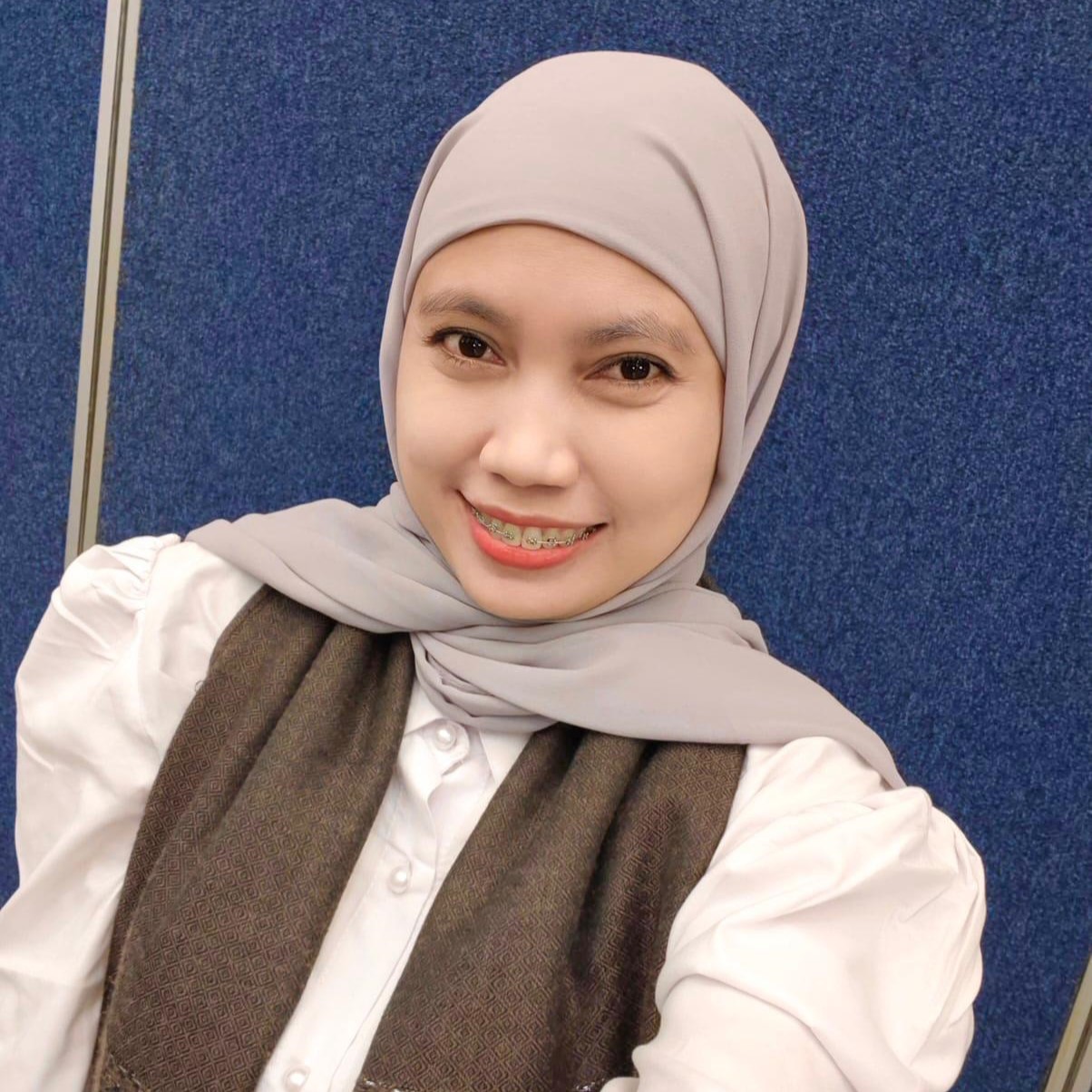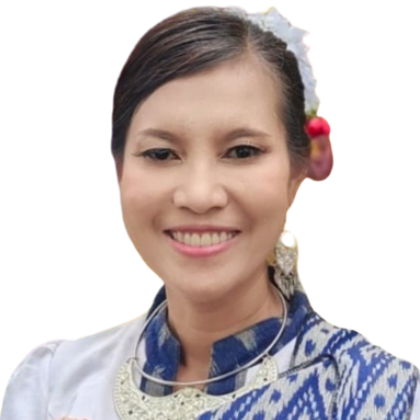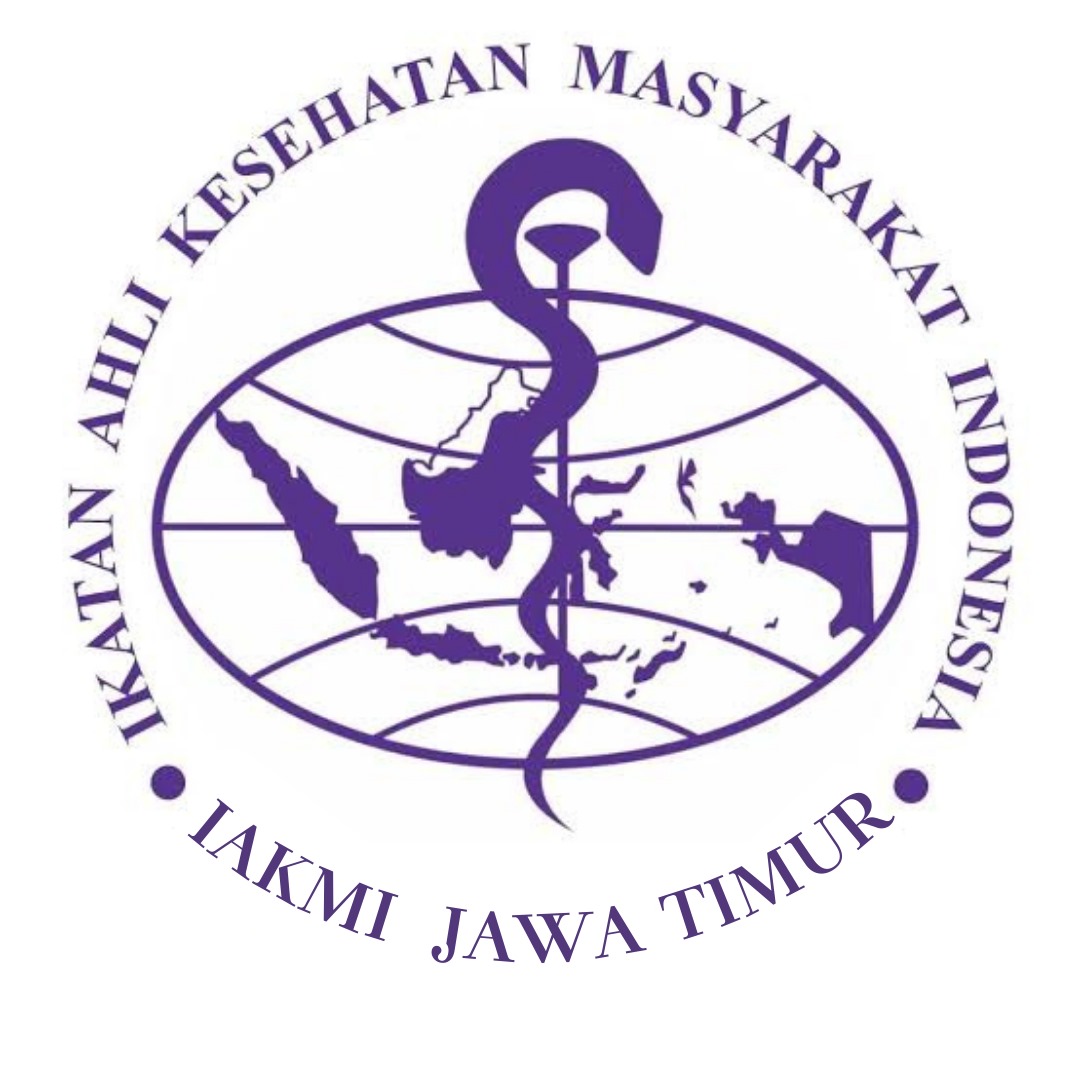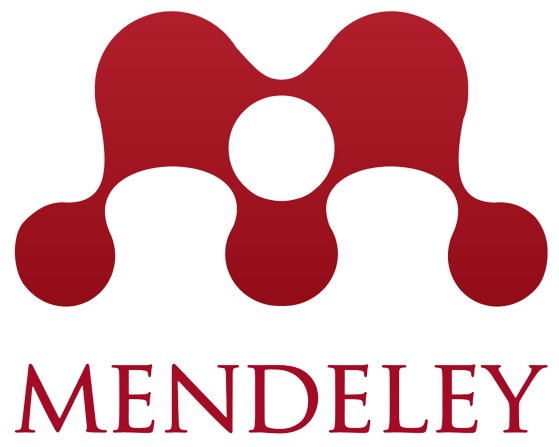The Relationship between the Health Belief Model Components and the Behavior of Implementing the COVID-19 Health Protocol in RW 12 Bendul Merisi

Downloads
Background: The outbreak of the Covid 19 virus worldwide has caused many victims to fall, as well as residents of the Bendul Merisi sub-district who have been hit by 928 cases. The case was recorded as the area with the highest cases in Surabaya. This bad record is due to the habits of its citizens who do not comply with the COVID-19 health protocol.
Objectives: To analyze the factors from the Health Belief Model with the behavior of implementing the COVID-19 health protocol.
Methods: This research has used a cross-sectional method on the population of RW 12 Kelurahan Bendul Merisi Surabaya with a population of 6,125 and the use of the Lemeshow sampling method with a 95% confidence level has resulted in a sample of 191 people using a questionnaire instrument through the Google form.
Results: This research has resulted in a weak relationship between perceived vulnerability, perceived severity, perceived obstacles and perceived threats to the behavior of implementing the COVID-19 health protocol and a strong relationship between cues to take action on the behavior of implementing the COVID-19 health protocol.
Conclusions: This research has concluded that there is a significant correlation between factors from the theory of the Health Belief Model on health protocols in the era of the COVID-19 pandemic in residents of RW 12 Bendul Merisi Village, Surabaya.
Andriani, N. and Ghozali, M. (2021) ‘Hubungan Antara Persepsi Kerentanan dengan Kepatuhan Protokol Kesehatan Pencegahan COVID-19 pada Remaja di SMK Negeri 2 Tenggarong', Borneo Student Research, 3(1), pp. 607–613. https://journals.umkt.ac.id/index.php/bsr/article/download/2467/1044
Anggreni, D. and Safitri, C. (2020) ‘Hubungan Pengetahuan Remaja tentang COVID-19 dengan Kepatuhan dalam Menerapkan Protokol Kesehatan di Masa New Normal', Hospital Majapahit, 12(2), pp. 134–142. https://doi.org/10.55316/hm.v12i2.662
Barakat, A. M and Kasemy, Z. A (2020) ‘Preventive health behaviours during coronavirus disease 2019 pandemic based on health belief model among Egyptians.', Middle East Current Psychiatry [Preprint]. Available at: https://doi.org/10.1186/s43045- 020-00051-y.
Bensley, R.J. (2008) Metode Pendidikan Kesehatan Masyarakat. Jakarta: EGC.
Data Kelurahan (2022) ‘Data Kependudukan Kelurahan Bendul Merisi, Kota Surabaya'.
Jose, Regi et al (2020) ‘Public perception and preparedness for the pandemic COVID 19: A Health Belief Model approach'. https://doi.org/10.1016/j.cegh.2020.06.009
Kasim, F. et al. (2021) ‘Faktor-Faktor Yang Berhubungan Dengan Kepatuhan Masyarakat Terhadap Protokol Kesehatan COVID-19', Jurnal Internasional, 3(2), pp. 207–212. https://doi.org/10.35451/jkg.v3i2.687
Kementerian Kesehatan RI (2020) Keputusan Menteri Nomor HK.01.07/MENKES/382/2020. Tentang Protokol Kesehatan Bagi Masyarakat di Tempat dan Fasilitas Umum dalam Rangka Pencegahan dan Pengendalian Corona Virus Disease 2019 (COVID-19). Jakarta: Kemenkes RI.
Narsih, U. and Hikmawati, N. (2020) ‘Pengaruh Persepsi Kerentanan Dan Persepsi Manfaat Terhadap Perilaku Remaja Putri Dalam Pencegahan Anemia', Jurnal Internasional, 4(1), p. 25. https://doi.org/10.24269/ijhs.v4i1.2328
Notoatmodjo, S. (2002) Metodologi Penelitian Kesehatan. Jakarta: Rineka Cipta.
Purnama, P. and Yulistiani, M. (2022) ‘Hubungan antara Komponen Health Belief Model dengan Perilaku Pencegahan COVID-19 pada Masyarakat', Faletehan Health Journal, 9(2), pp. 164–169. https://journal.lppm- stikesfa.ac.id/index.php/FHJ/article/download/378/127
Rosenstock, I.M. (1974) ‘Historical origins of the health belief model', Health education monographs, 2(4), pp. 328–335. https://www.jstor.org/stable/45240621
SATGAS COVID-19 (2022) ‘Peta Sebaran COVID-19'. SATGAS COVID19.
Shahzad et al. (2020) ‘Perceived Threat of COVID-19 Contagion and Frontline Paramedics' Agonistic Behaviour: Employing a Stressor–Strain–Outcome Perspective', International Journal of Environmental Research and Public Health, 17(14), p. 5102. https://doi.org/10.3390/ijerph17145102
Singhal, T. (2020) ‘A Review of Coronavirus Disease-2019 (COVID-19)', The Indian Journal of Pediatrics, 87(4), pp. 281–286. https://doi.org/10.1007/s12098-020-03263-6
Sugiyono (2019) Metode Penelitian Kuantitatif, Kualitatif, dan R&D. Bandung: Alphabet.
Vacondio, m et al. (2021) ‘Worry, Perceived Threat and Media Communication as Predictors of Self-Protective Behaviors During the COVID-19 Outbreak in Europe', Front. Psychol, 12. Available at: https://doi.org/10.3389/fpsyg.2021.577992.
Violita, F. and Nurdin, M.A. (2022) ‘Pengaruh Persepsi Terhadap Perilaku Pencegahan COVID-19 Pada Mahasiswa Kesehatan Di Kota Jayapura. Preventif', Jurnal Kesehatan Masyarakat, 13(2), pp. 216–227. https://repository.usd.ac.id/41225/2/178114064_full.pdf
WHO (2022) ‘Origin of SARS-CoV-2 . Retrieved from World Health Organization'. Available at: https://www.who.int/healthtopics/coronavirus.
Zhou, P. (2020) ‘A pneumonia outbreak associated with a new coronavirus of probable bat origin', Nature, 579(7798), pp. 270–273.
Copyright (c) 2023 Fikri Hanif

This work is licensed under a Creative Commons Attribution-ShareAlike 4.0 International License.
Media Gizi Kesmas by Unair is licensed under a Creative Commons Attribution-ShareAlike 4.0 International License.
1. The journal allows the author(s) to hold the copyright and to retain the publishing right of the article without restrictions.
2. The legal formal aspect of journal publication accessibility refers to Creative Commons Attribution-Share-Alike (CC BY-SA).
3. The Creative Commons Attribution-Share-Alike (CC BY-SA) license allows re-distribution and re-use of a licensed work on the conditions that the creator is appropriately credited and that any derivative work is made available under "the same, similar or a compatible license”. Other than the conditions mentioned above, the editorial board is not responsible for copyright violations.



















